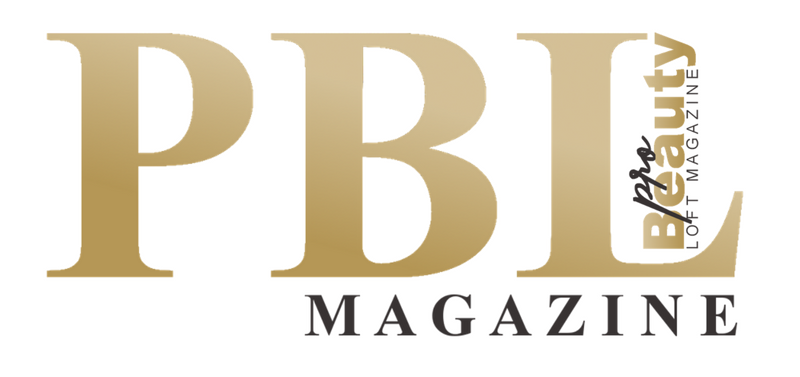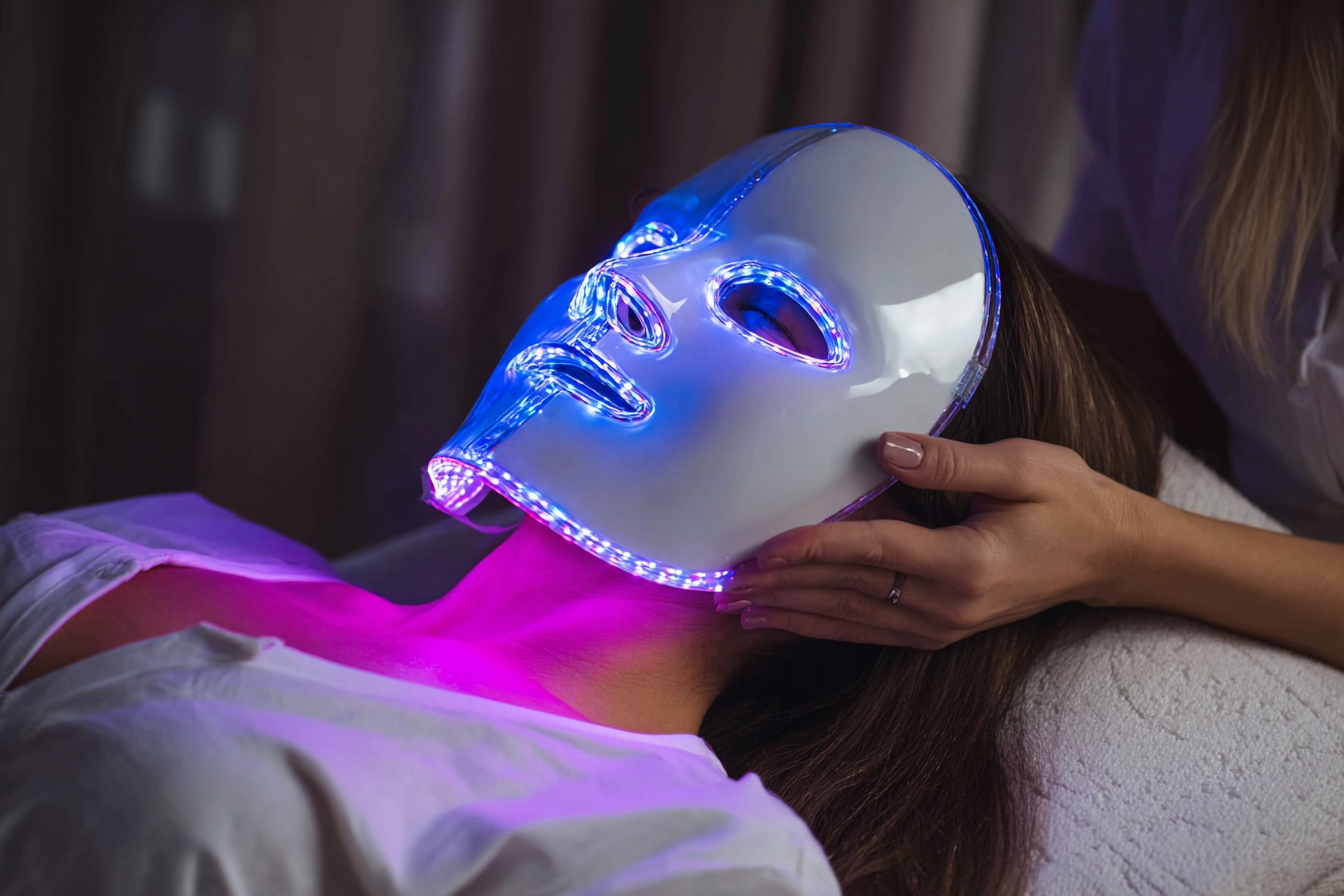Autumn Budget 2025 and What It Means For Beauty
Rachel Reeves’ Autumn Budget 2025 landed today with a clear political message about “fair and necessary choices”, but for hair, beauty and aesthetics it feels more like a mixed bag of extra costs with only patches of relief.
What actually came out of the Autumn Budget 2025
From the Budget documents, financial press and sector analysis, the key measures that touch hair, beauty and aesthetics include:
National Living Wage and Minimum Wage rise from April 2026: NLW for over-21s will increase to £12.71 per hour, with 18–20 year olds on £10.85 and 16–17 year olds and apprentices on £8.00.
Income tax and National Insurance thresholds frozen longer: personal tax and employer NI thresholds are frozen for a further three years beyond 2028–29, which means more workers will be pulled into higher tax bands as wages rise.
Dividend tax increases and pension salary-sacrifice cap: tax on dividends will rise by 2 percentage points from April 2026, and from 2029 employer and employee National Insurance will be charged on salary-sacrificed pension contributions above £2,000 a year.
Business rates changes for high street premises: from April 2026 there will be permanently lower business rates multipliers for eligible retail, hospitality and leisure properties with a rateable value under £500,000, alongside transitional relief and an extended “grace period” for firms opening a second site.
Apprenticeship training for under-25s in SMEs to be fully funded: the Government will cover training costs for under-25 apprentices in small and medium sized businesses.
High Streets Illegality Taskforce: new funding for Trading Standards and enforcement to crack down on illicit high street businesses, with the Chancellor explicitly naming barbershops and nail bars.
Cost of living measures: an average £150 cut to household energy bills from 2026 by moving green levies into general taxation, a 4.8% State Pension uplift, a 4.1% increase in the minimum wage overall, frozen prescription charges and some rail fares, and removal of the two-child Universal Credit cap.
These sit within a broader £26 billion tax-raising package aimed squarely at wealthier households and investment income.
The Chancellor wanted today’s Autumn Budget to read as a turning point: a fairer settlement on pay and welfare, funded by those with broader shoulders. For Britain’s beauty sector, which already operates on some of the tightest margins on the high street, the picture is more complicated. Fair pay has been a long-held value in hair, beauty and aesthetics. The question is whether this Budget gives employers any realistic way to sustain it.
Caroline Larissey, chief executive of the NHBF, puts it bluntly:
“Today’s Budget delivers little for the small, people-focused businesses at the heart of every high street. Hair and beauty is one of the most accessible and empowering routes into work for women, young entrepreneurs and neurodiverse individuals, yet this Budget was far from the ‘fair and necessary’ action our sector urgently needed.
Our Members have been clear: salons and barbershops are already at breaking point following the last round of wage rises and relentless cost pressures. Hair and beauty employers have always backed fair pay, but the Chancellor cannot keep loading costs onto small businesses without offering the support needed to keep them trading and providing opportunities in every community.
If the Government truly wants to grow the economy, end low pay and keep high streets open, today’s wage announcement must be matched with serious support on National Insurance, business rates, skills and enforcement. Over the coming weeks, individuals and businesses will be working out what this means for them, and the NHBF will be on hand to advise Members and set out clearly to Government the action our sector needs.”
Wage uplift without the safety net
The headline figure that will hit every salon owner is the next rise in the National Living Wage and Minimum Wage from April 2026. At £12.71 per hour for over-21s, the UK will remain at the top end of global wage floors relative to median earnings. For a typical full-time stylist on 37 hours a week, that is hundreds of pounds a year more in gross pay, before accounting for holiday and pension contributions.
In principle this is good news. Many beauty professionals are still catching up after a decade of falling real wages and a cost of living crisis that pushed essentials far ahead of incomes. For a junior therapist paying for rent, travel and kit, an extra £1,000 to £1,500 a year matters.
The structural problem is that labour is the single biggest cost for salons, barbershops and clinics, and this wage uplift arrives on top of frozen tax and National Insurance thresholds. Those freezes sound technical, but they quietly drag more workers into higher tax bands as their pay rises, while employers see their NI bill climb on each pound above the old limits. The NHBF’s own commentary highlights that roughly half of staff in the sector sit on minimum or living wage rates and that many businesses are only just returning to slim profits after years of increases in wages, energy, rents and product costs.
The risk is that what feels like fairness at a national level translates locally into fewer contracted hours, slower recruitment and the end of truly entry-level roles in small salons.
Business owners in the crosshairs
For incorporated salons, clinics and product brands, the tax story is equally nuanced. Corporation tax stays put, which lets the Chancellor insist that the UK remains competitive. But that stability comes with strings attached.
Firstly, dividend tax will increase by 2 percentage points from April 2026. Many owner-managers in beauty pay themselves a modest salary and top up income via dividends. For them, this is a direct pay cut or a prompt to rethink how profits are extracted.
Secondly, the Budget targets salary-sacrifice pension schemes by capping contributions that can escape National Insurance at £2,000 a year from 2029. On paper, this is aimed at high earners salting large sums away. In reality, it also brushes up against some senior aesthetics practitioners and clinic owners who had started to rely on pension salary sacrifice as one of the few remaining levers to plan sensibly for retirement.
Layered on top of frozen thresholds, the cumulative effect is a stealthy rise in the effective tax rate on the people who kept investing in their businesses through Brexit, a pandemic and an energy shock.
Business rates: help, but not always for you
One of the more tangible offers to the high street comes through business rates. From April 2026, eligible retail, hospitality and leisure properties with a rateable value under £500,000 will benefit from permanently lower multipliers, supported by transitional relief and an extended grace period for firms opening a second site.
On the surface this looks like exactly the kind of structural help the sector has been asking for. In practice, there are wrinkles. Nail and beauty businesses are officially classed under personal care. Some councils treat individual salons as retail for rating purposes, others do not. That means two near-identical businesses on the same high street could end up on different tax trajectories.
For multi-site groups, the three year grace period on Small Business Rates Relief when opening a second premises is welcome. It may nudge more ambitious brands to commit to that next unit, rather than relying solely on chair and room rental to grow. For the single-site owner in a small parade, the impact may be far less noticeable.
Skills, apprenticeships and the talent pipeline
The Budget promise to fully fund training for apprentices under 25 in small and medium sized enterprises is a rare bright spot. Growth in hair and beauty has always been powered by apprenticeships, yet providers and employers have struggled with the cost and complexity of the system since the levy was introduced.
If the detail is right, this could lower the barrier for salons that have wanted to bring in apprentices but were worried about course fees or navigating the funding maze. The critical caveat is capacity. An apprenticeship only works if a business can afford the wage bill and has enough senior staff time to train properly. For owners already modelling how to absorb the 2026 wage increase, the promise of “free” training will not override cash flow reality.
Cracking down on the grey economy
One of the more intriguing lines for beauty professionals is the creation of a High Streets Illegality Taskforce and extra funding for Trading Standards to target illicit businesses, with barbershops and nail bars name-checked in the speech.
If this turns into meaningful enforcement, it could begin to tackle long-standing frustrations about non-compliant operators offering ultra-cheap services by cutting corners on tax, safety, training or product sourcing. For legitimate salons paying full rates, wages and insurance, that kind of enforcement is overdue.
However, there is also a risk of broad-brush crackdowns that create extra admin and inspection pressure for compliant businesses without sufficient support. The sector will need to be at the table as the taskforce’s remit and methods are designed.
So where does this leave beauty?
Taken as a whole, Autumn Budget 2025 reinforces the direction of travel that hair, beauty and aesthetics leaders have been warning about for years: higher wage floors and higher tax takes, with only partial and delayed relief on structural costs such as business rates.
For the sector, the practical response now matters more than the politics. Over the coming months, salon and clinic owners will need to:
Rework wage and pricing models for 2026, including realistic assumptions about staff hours and service times.
Talk early to accountants about the new dividend tax rates, salary-sacrifice caps and how best to structure drawings and investment.
Check how their local authority classifies their premises for business rates and what the 2026 changes mean for their bill.
Decide whether to use the under-25 apprenticeship funding to rebuild talent pipelines, or to focus on upskilling existing staff.
Keep an eye on enforcement developments, from the High Streets Illegality Taskforce through to local Trading Standards priorities.
Caroline Larissey’s warning cuts through the technicalities. If Government wants to present this as a “fair and necessary” Budget, fairness must be felt in the treatment room and at the backwash, not just in the headlines. The next phase will be about how effectively the sector, through bodies such as the NHBF and BABTAC, can convert today’s disappointment into concrete policy shifts on National Insurance, VAT and rates.
For now, the beauty industry has clarity on the direction of travel, but not yet the safety net to match.











